Complex light metal mystery: where in space is so much lithium?
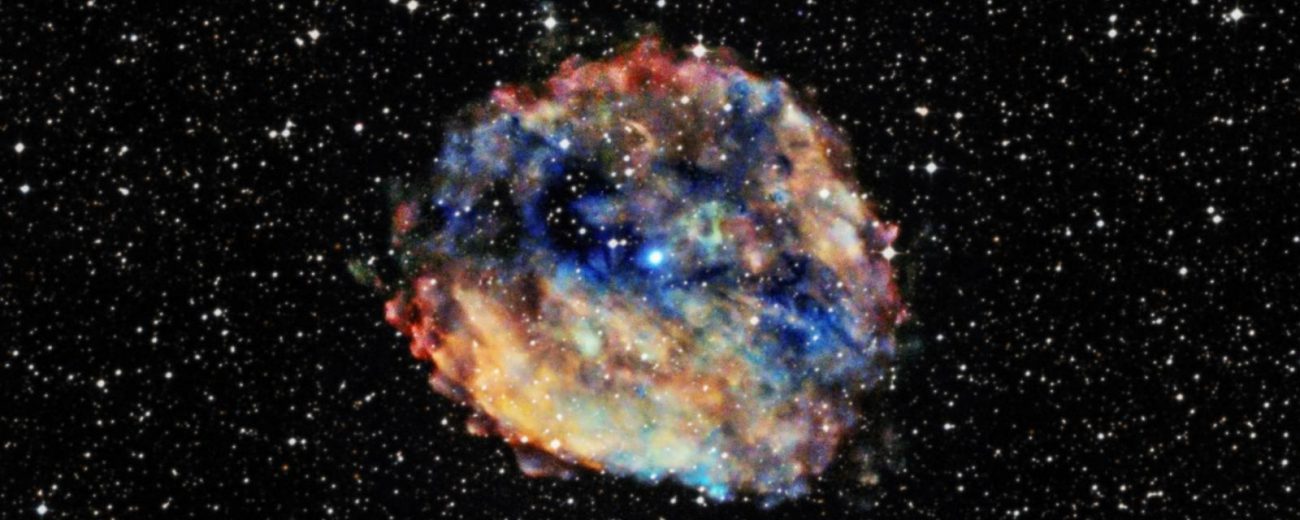 Source:
Source:
Nowadays the Li are everywhere. Back in the mid-19th century, this soft, silver-white metal was the cure. Doctors treated his psychiatric disorder like mania. Even today, this metal is used as medication for bipolar disorder. But for many people, lithium also has become a synonym of batteries and accumulators. This is an important ingredient, thanks to which your phones, laptops and other portable devices. With the development of hybrid and electric vehicles, the market of this metal is only growing; by 2025, it will triple in volume, consider in Goldman Sachs.
Most of the world's reserves of lithium is in South America and mostly in the sediments beneath the dry lakes in the high Andean regions. But Li has been here much longer than any mountain or even the Earth itself. Furthermore, lithium is one of the first elements, along with hydrogen and helium — which appeared in the Big Bang 13.8 billion years ago.
The History of lithium is long and shrouded in mystery. In the period after the Big Bang, the majority of the educated lithium missing. Moreover, when modern astronomers look at the Universe, they find more lithium: approximately four times more than it should to appear in the Big Bang.
More than ten years, scientists have tried to figure out where this extra lithium. And thanks to the latest discoveries search for the mysterious cosmic factories for the production of lithium may finally be completed.
In space more lithium than was created during the Big Bang
The Oxygen we breathe and the iron in your blood — most of the elements in your body were forged in the nuclear furnaces of stars. As said astronomer Carl Sagan, "we are made of star stuff."
And all the heavier elements — like Titan, which is often used in bicycles, require something more violent. Most of them were produced in the nuclear reactions during the explosive deaths of massive stars. Some metals — such as gold, may have been born in strong collisions of neutron stars, super dense cores of dead stars.
But the basic elements were made in the first three minutes after the Big Bang. Early universe was a hot soup of plasma, and as the cooling and expansion koagulirovat she was mostly in the form of atoms of hydrogen and helium, the two simplest and most abundant elements, the core of which consists of one and two protons respectively.
The Big Bang also produced traces of a heavy version of hydrogen — deuterium — - which carries an additional neutron instead of a single proton and a lighter version of helium, the core of which comprises one neutron instead of two. Also the Big Bang left behind a small amount of lithium.
That's all. After three minutes the universe is too cold to form other elements.
Even though this happened 13.8 billion years ago, scientists know and understand the nuclear reaction that produced these first elements. Satellites like WMAP and Planck have carried out precise measurements of the early Universe and allowed scientists to accurately calculate how much should be made of each element and isotope.
Some metals could be born in the process of collisions of neutron stars
But when researchers compared their calculations with what you see, not all the same. "Deuterium is in order. Helium too," says Brian fields, an astrophysicist at the University of Illinois in the United States. "Only the Li knocked out".
And stands out very much. Lithium three times more than it should be, and this discrepancy is called "primary lithium problem". For the first time the missing lithium cosmologists noticed 20 years ago and since then trying to find a suitable explanation.
Perhaps, the scientists suggest, some unknown processes in stars destroyed the ancient Li. Or the explanation may include a completely new physics. For example, interaction with dark matter, an unknown substance that makes up a quarter of the space, somehow could destroy the lithium in the early Universe.
Although in earlier ages, it seems that lithium was lacking, in modern space, it's even too much. Astronomers have discovered a relatively abundant amount of lithium on the surface of young stars that have formed relatively recently and also meteors in the Solar system. There are about four times more lithium than was produced in the Big Bang — in the galaxy it would gather up to 150 solar masses.
There Must be something that produced this excess lithium and scattered it into space, where he gradually became involved in the nascent Solar system and billions of years later, in the battery of your mobile phone. The only question is that?
Dark matter remains mysterious
One of the options — cosmic rays: high-energy particles, mostly protons, which penetrate the space. In the process cosmic rays can encounter the wandering atoms, such as oxygen. This collision destroys the oxygen atom to pieces, turning it into a stream of small elements, including lithium.
Although the process is more likely to occur across the galaxy, says fields, calculations show that these collisions can not explain more than 20% of the observed lithium. Another 20% can be associated with the Big Bang. 60% remained without explanation.
Part of the 60% could come from a certain type of stars called asymptotic branch giants (AUG). It stars and weight — not more than 10 solar — which has almost run its course. Nuclear reactions inside these stars produce lithium, which may then rise to the surface. It is unclear just how much lithium is ejected and is distributed throughout the galaxy.
And there are more stellar explosions, called new. Unlike supernovae, they are larger and more powerful counterparts, the new are not a direct result of the deaths of stars. These more moderate explosions occur on the surface of a white dwarf, a corpse of a star like the Sun.
Two dense white dwarf
If the white dwarf is orbiting another star, the gravity of a white dwarf can pick up the hydrogen and other materials with your partner. The layers of material accumulate on the surface of a white dwarf. This leads to an increase of temperature and pressure that ultimately causes nuclear fusion and nuclear reactions that produce lithium.
Nuclear fusion further increases the temperature, which leads to a greater number of thermonuclear reactions. Very soon, the layers of material burst, which is on Earth see a bright star: supernova.
In the blast material — including Li — are ejected into space at speeds of several thousand kilometers per second. Therefore, the new material is better distributed than the stars AUG, Luke says, Izzo, astronomer of the Institute of astrophysics of Andalusia in Spain.
For many years, astronomers have tried to determine which of these three processes — cosmic rays, stars AUG or new stars — can produce most of the lithium. "We know that all these processes certainly produce lithium," says fields. "The question is whether or not they manufactured it equally or something? Discussion on this topic has been ongoing for a very long time."
Speaking of new, scientists first thought of them as potential lithium factories about 40 years ago. In the mid 1990-ies were carried out accurate calculations that supported this hypothesis, but still it remains purely theoretical, not confirmed by observations. For many years nobody could see the production of lithium using a new star. But in early 2015 this has changed.
Armed with new advanced tools and methods, two groups of astronomers in Japan and Europe finally discovered lithium in in new. This discovery not only confirmed that the new do produce lithium, but they are doing this very smartly — maybe enough to explain with their help, a large part of the galactic lithium.
"the Results when I saw them, were absolutely amazing," says Sumner starfield, an astrophysicist at the University of Arizona, one of the first who began to study the production potential of lithium in new in the late 1970-ies.
And in 2015, the group led by Akito Tajitsu from the National astronomical Observatory of Japan found beryllium in the new star. It was a sure sign that the new produce lithium, beryllium decays because it is on Li.
After a few months, Izzo and his team published a study that directly detected lithium in other new. In early 2016 group Tajitsu discovered beryllium in two stars (one of them was called V5668). In the same year, Izzo together with scientists under the leadership of Paolo Molaro of the Trieste Astronomical Observatory in Italy confirmed the detection of beryllium in V5668.
This is a total of four new stars showing signs of lithium production, one of which was confirmed by two independent teams. "Experts in spectroscopy have also got similar results," says Jordi Jose, astrophysicist at the Technical University of Catalonia in Spain. "This is about something Yes speaks."
"They managed to capture a new one in the process immediately after the explosion and they were able to measure the material that was cut off directly," says fields. "Tons of lithium".
In fact, says Izzo, a new star, having watched his team produce so many lithium that two similar start to the year could create a whole observed in the galaxy lithium. This is a preliminary rating, and astronomers must learn about the other new stars to check and confirm measurements.
However, any data are good. "Using these...
Recommended
The Americans on the moon: what everyone should know?
the Upcoming cosmonautics day is my favorite holiday. It marks the triumph of the human mind: in just four thousand years Homo Sapiens went from hunter-gatherers to space explorers. 12 April 1961 Soviet cosmonaut Yuri Gagarin became the first man in ...
Why are some galaxies spiral shaped?
you Know what surprised me the most? The fact that we perceive the surrounding world as it is. Animals, plants, the laws of physics and the cosmos are perceived by many people as something so mundane and boring that they invent fairies, ghosts, monst...
Astronomers were able to see the death of another star system
In the cosmic ocean drifts a lot of mysteries about the existence of which we are unaware. One of these was uncovered five years ago, when astronomers have discovered a lonely star at a distance of 570 light years from Earth, the brightness of which ...
Related News
We know that the Earth is not flat, for hundreds of years. There are many ways to demonstrate this, starting with the masts of ships disappearing over the horizon, the ability to see farther, climbing higher, and ending with the l...
a New study suggests that the greatest danger in case of falling of an asteroid to Earth will be to present not the fact of his collision with the surface. The greatest danger for all of us to imagine the shockwaves that the aster...
Roll the lip "habitable super-earths" does not exist
for a Long time we thought our Solar system was the standard for the planets which we can find in the Universe. The inner, solid worlds, prevailing in the hottest part of the Solar system with big gaseous planets are rotating much...
Computer models show that the dust from the moons of Mars begins to form his ring
In our Solar system there are four planets with rings. Jupiter, Saturn, Uranus and Neptune. In the future this list may be added another planet. It may one day become Mars. One of its moons, Phobos, will collapse sooner or later, ...
Why can't astronauts drink in space?
Wine on the moon... Whisky on the space station... Reading as a child is not most children's books about space pirates, Rangers and other daredevils, I didn't think that drinking in space is not allowed. And really, space travel i...
"A storehouse of planets": the results of the emergency press conference NASA
NASA is not often assemble an "emergency" conference to tell the world about the really important things. Tonight was presented one of those "really important things". Why this is important, as it was a little of everything — see ...
Discovered just 7 potentially habitable earth-like planets within a single system
Less than a year ago, astronomers announced a surprising discovery. They found three earth-like planets orbiting small, dim red dwarf. However, as it turned out, the first discovery scientists have "missed" a few available in this...
The first flight of the new spacecraft by NASA could be manned and around the moon
the space Agency NASA is considering a manned flight around the moon in the first joint launch of new carrier rocket Space Launch System (SLS) and the spacecraft «Orion» on-Board is planned for late 2018. It should be no...
Boeing is going to produce 3D printed modular satellites
the Boeing Company is known not only for its aircraft, but its high-tech satellites, the price of each of which may reach $ 150 million. However, in the foreseeable future this may change. The fact that private American aerospace ...
Our universe began with the Big Bang, but that doesn't mean that we get it right, imagine it painted. Most of us imagine it as a real explosion: when it starts with a hot and dense and then cools and cools while the fragments fly ...
RSC "Energia" plans to send tourists to the moon in 2022
General Director of rocket and space Corporation «Energy» Vladimir Solntsev said in an interview with RIA «news» that the PKK will soon offer flights to the moon. Such services, according to him, the Corporatio...
NASA called an emergency conference and is preparing something interesting
Tonight, February 22, NASA will hold an emergency press conference, which will present interesting new data about exoplanets — planets outside the Solar system. The press conference will start on 22 Feb at 21:00 Moscow time. See y...
From the Baikonur cosmodrome launched the last rocket record "SOYUZ-U"
At nine o'clock in the morning Moscow time from the launch pad N1 was launched booster "SOYUZ-U", which successfully put into orbit transport truck "Progress MS-05". Released into orbit cargo ship carries on Board about 2.5 tons o...
Thanks to the new definition, Pluto can return to the category of planets
a Group of scientists from NASA have published an article with a call and an offer to use the new definition, according to which to classify space objects and bring them into the category of planets. And if this proposal passes, t...
Lovers of conspiracy theories around the world love to talk about secrets of the National office for Aeronautics and space research, known as NASA. Yes, the Agency can not be called the biggest in the world. Over its 60-year histo...
People are changing the climate is 170 times faster than the forces of nature
Scientists who try to deduce a definition of the anthropocene, argue that climate change caused by people on the Ground are much higher than caused by natural events over many millennia. They cite figures showing how much humans a...
On Ceres found organic molecules. How is that different?
Sometimes scientists behave too modest. Recently, Science published a work called "Localized aliphatic organic material on the surface of Ceres". Not that he remembered or even seemed important. But really it's just a blast. Scien...
SpaceX has postponed the start of the first mission to Mars
last year, SpaceX has talked about a bold plan: to launch the spacecraft Dragon to Mars in 2018. This must be the first ever private mission to the Red planet. But now, it seems that the company has postponed the mission for a cou...
SpaceX successfully put the third Falcon 9 rocket on solid ground
Tonight, SpaceX made another successful landing of the missile — this time in daylight off the coast of Florida. The Falcon 9 rocket successfully landed at the landing zone SpaceX at Cape Canaveral after the launch into space. Thi...
The dubious projects of flights to Mars and its colonization
for many decades, Mars fascinates and attracts people. Latest "the surrendered" was like Matt Damon. Our cosmic neighbor, the distance to which at a different period of time may range from 55,8 to 401 million kilometres, is of gre...



















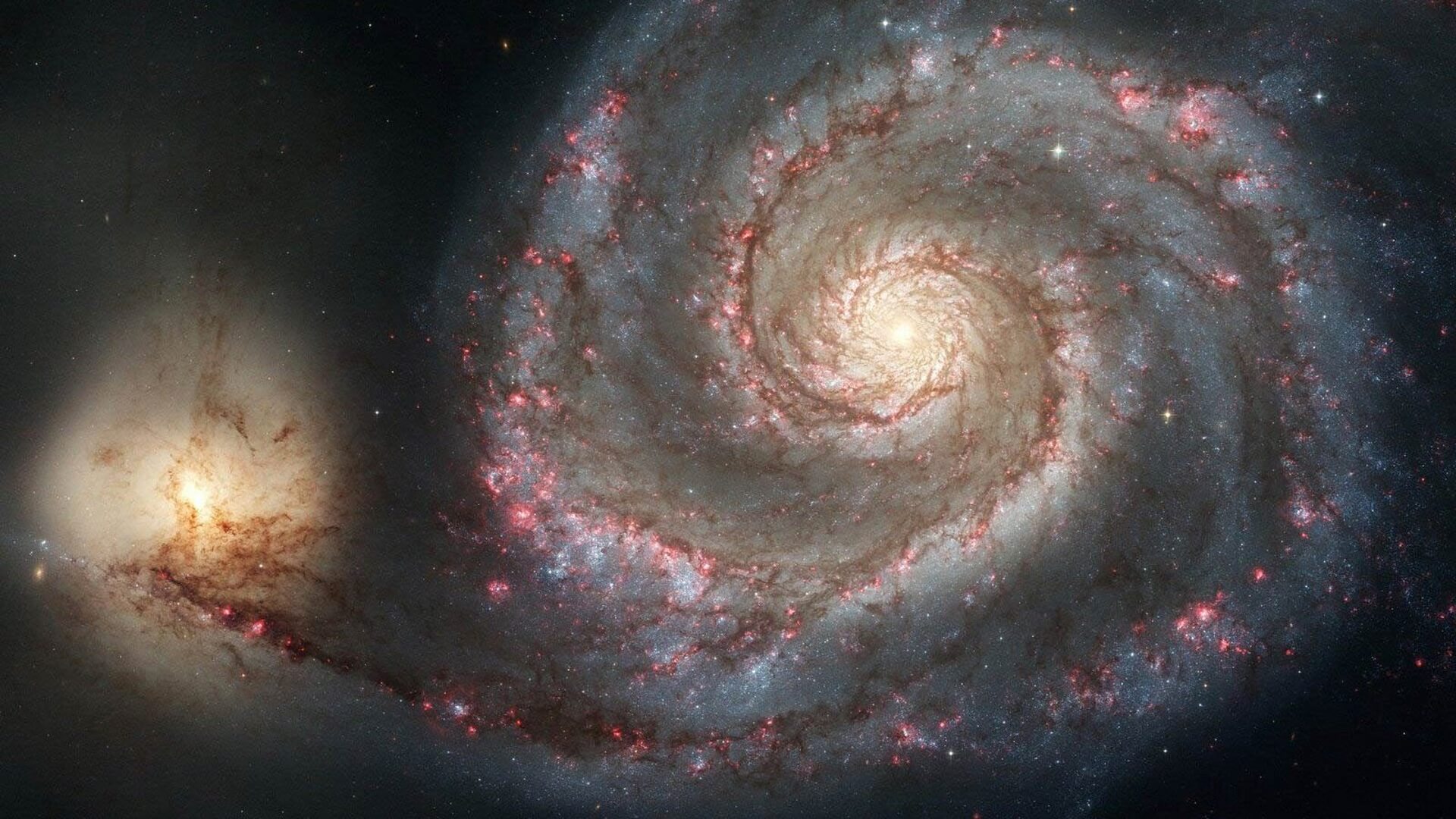
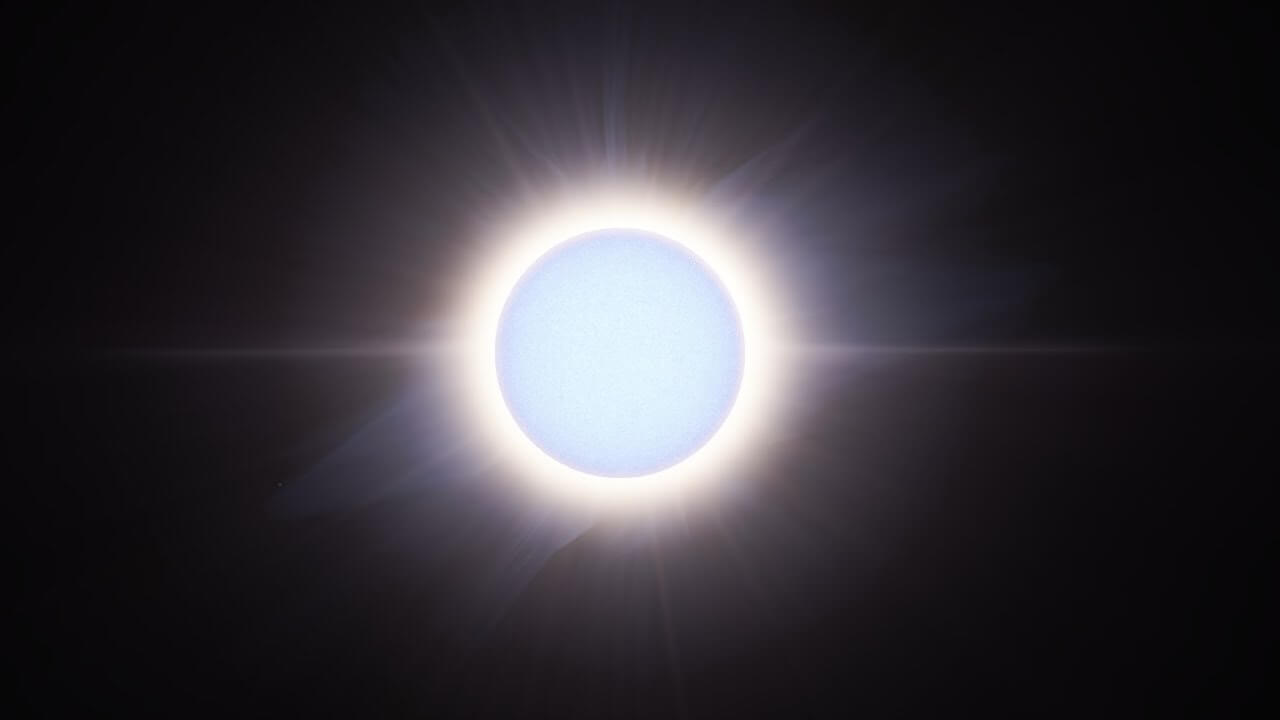
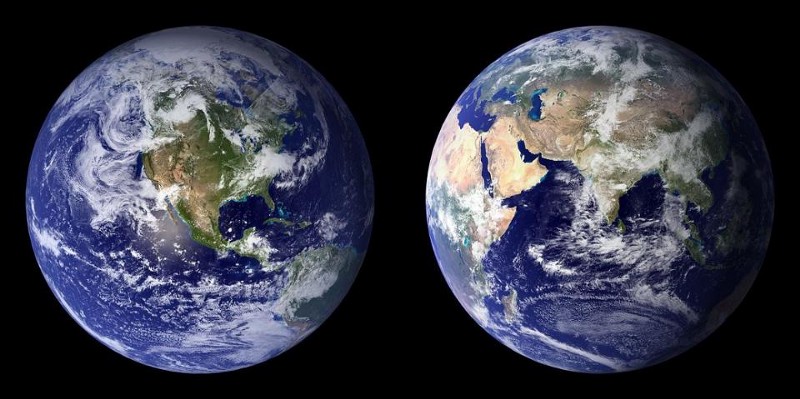
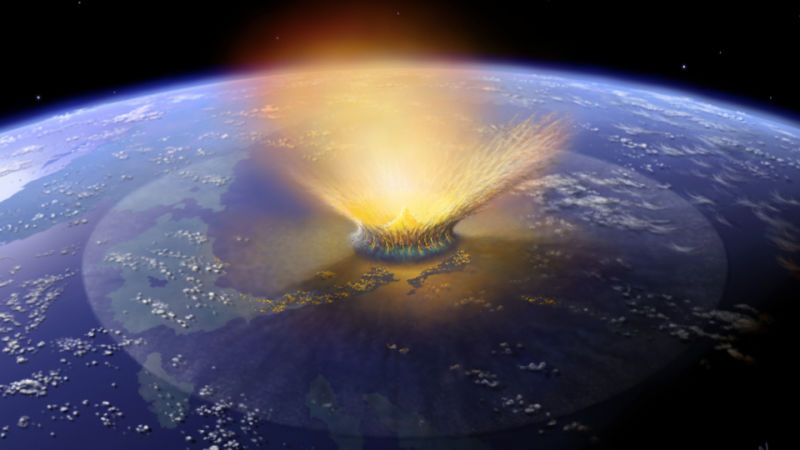

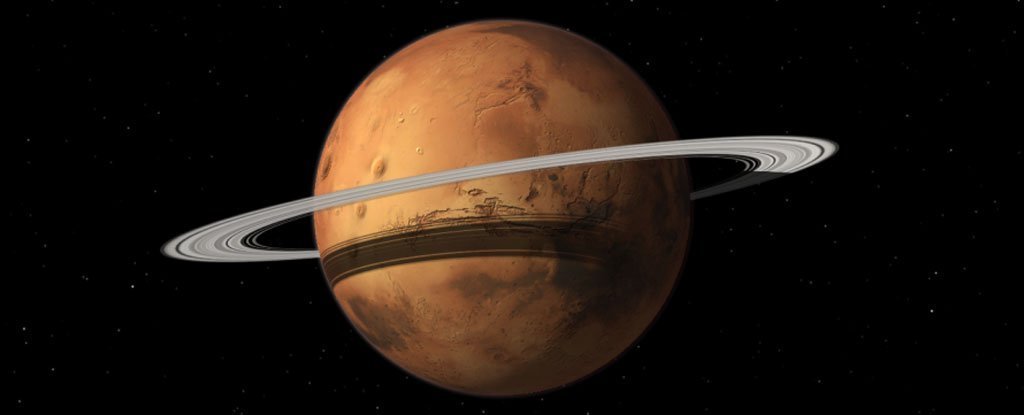
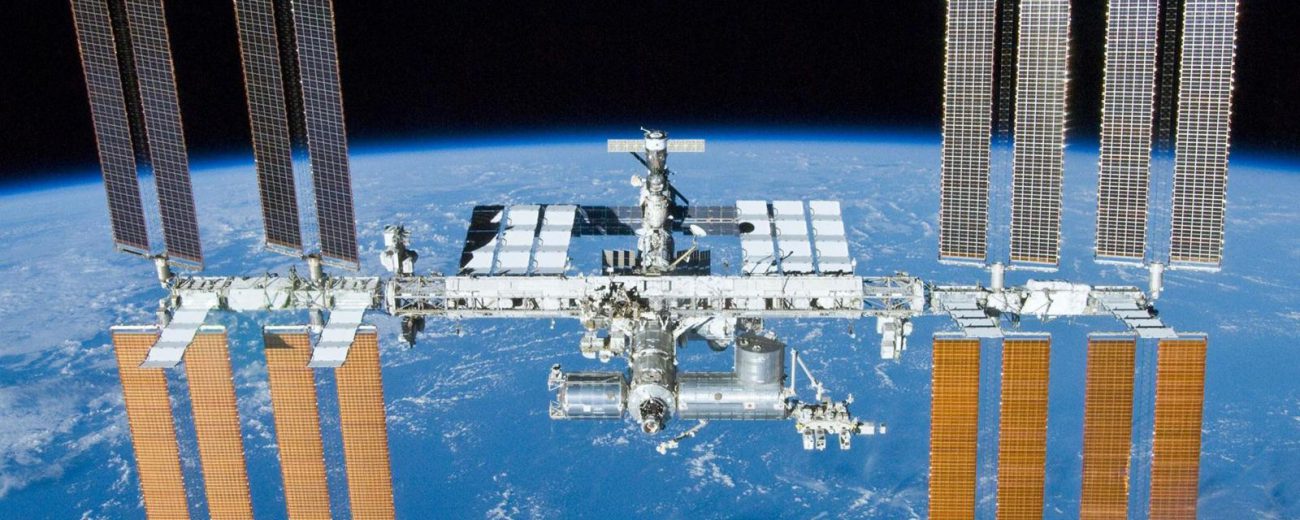
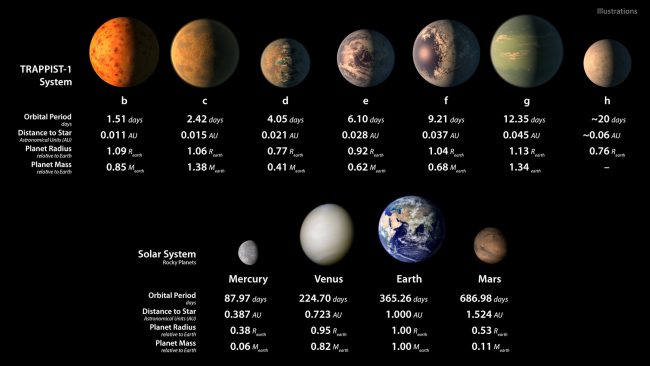
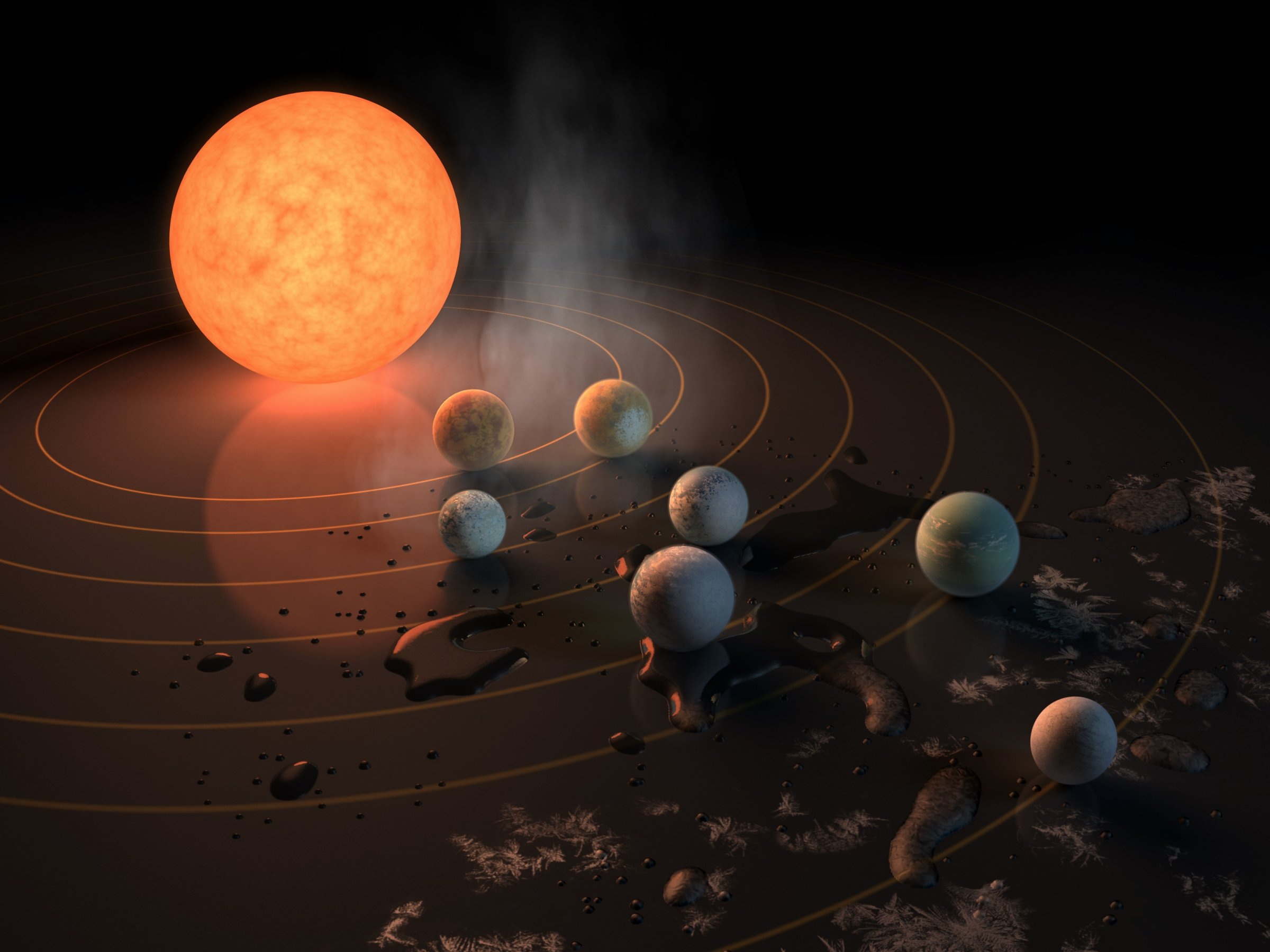
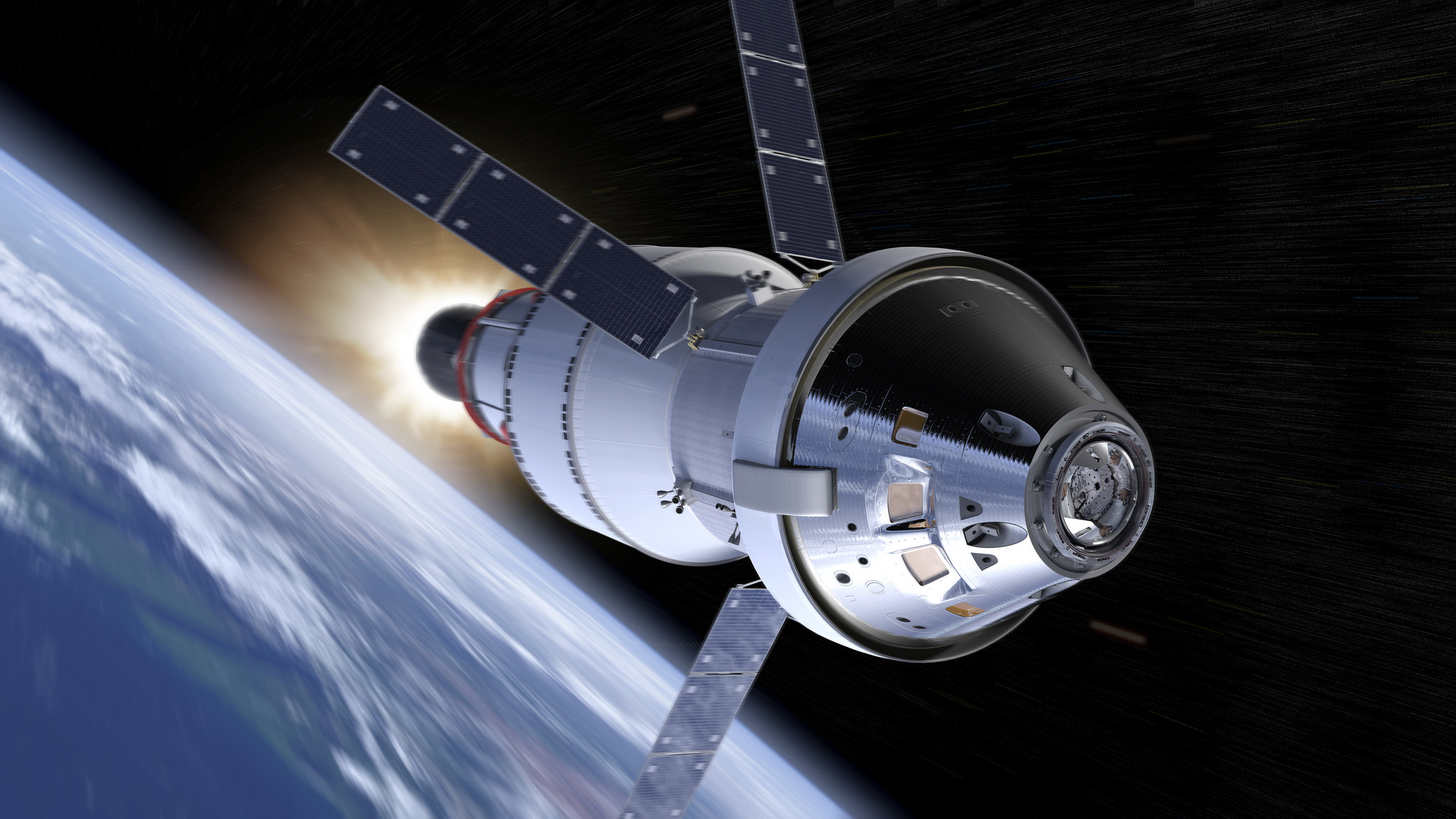
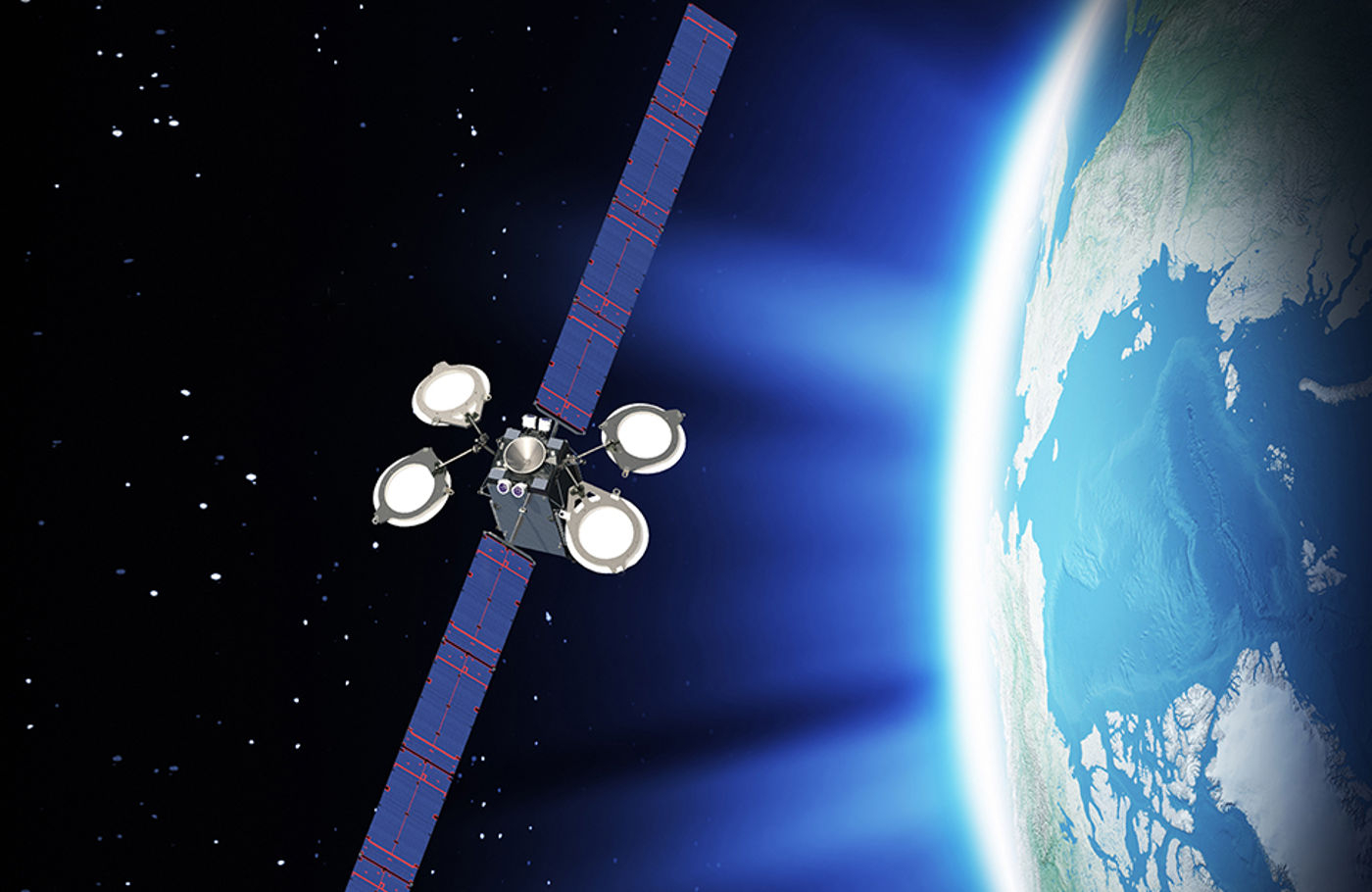
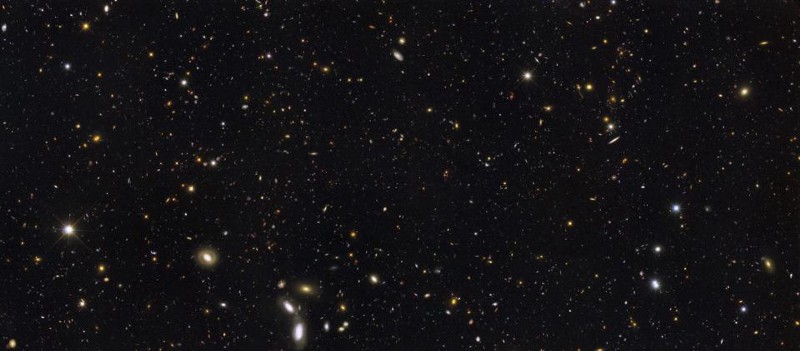
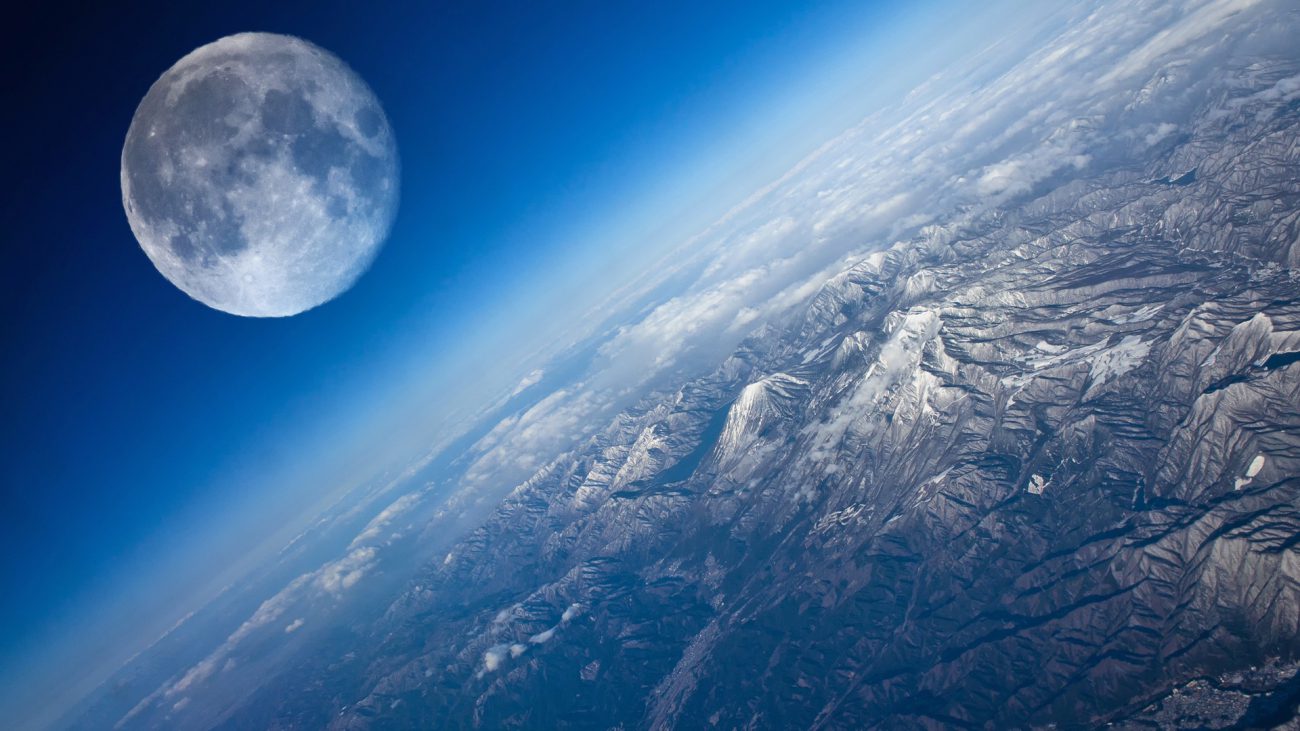

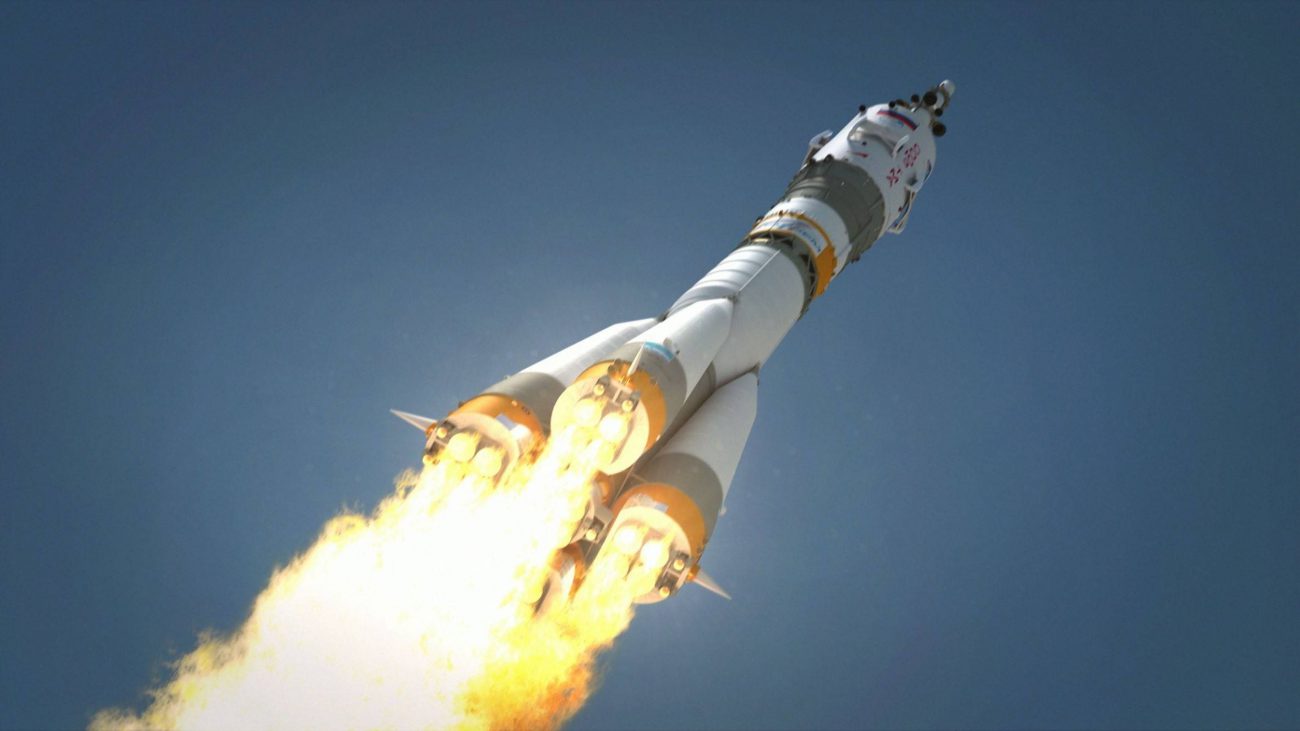
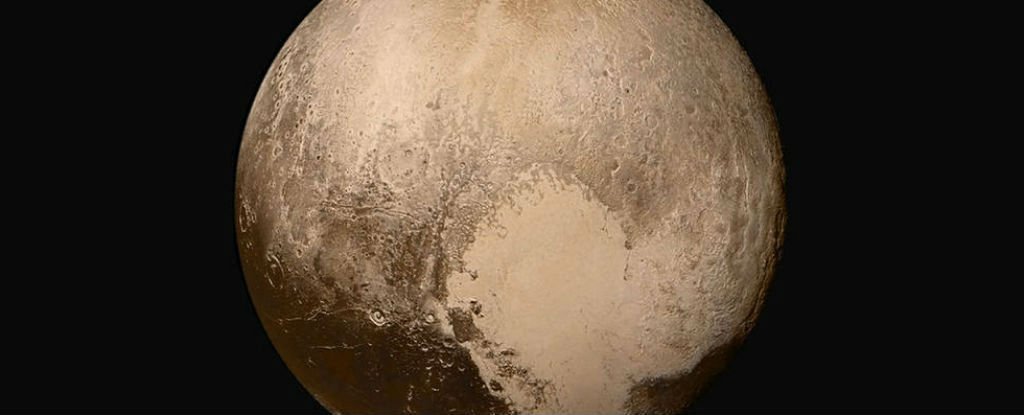
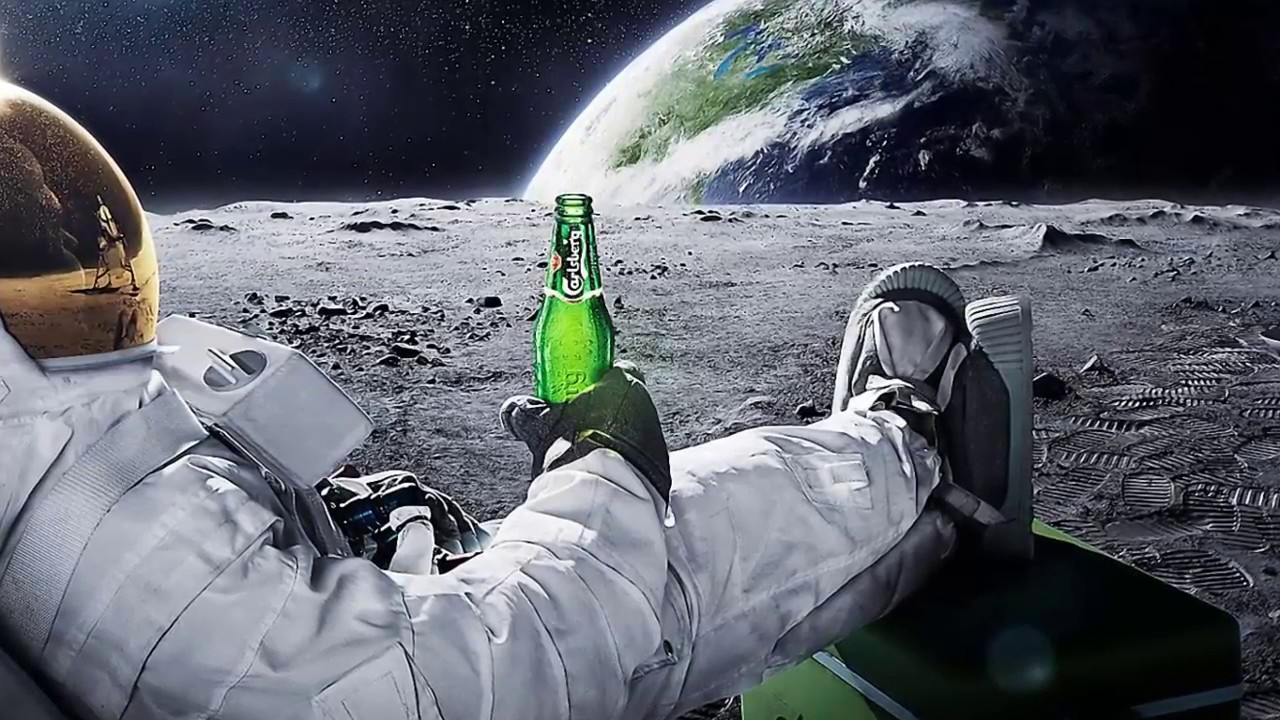
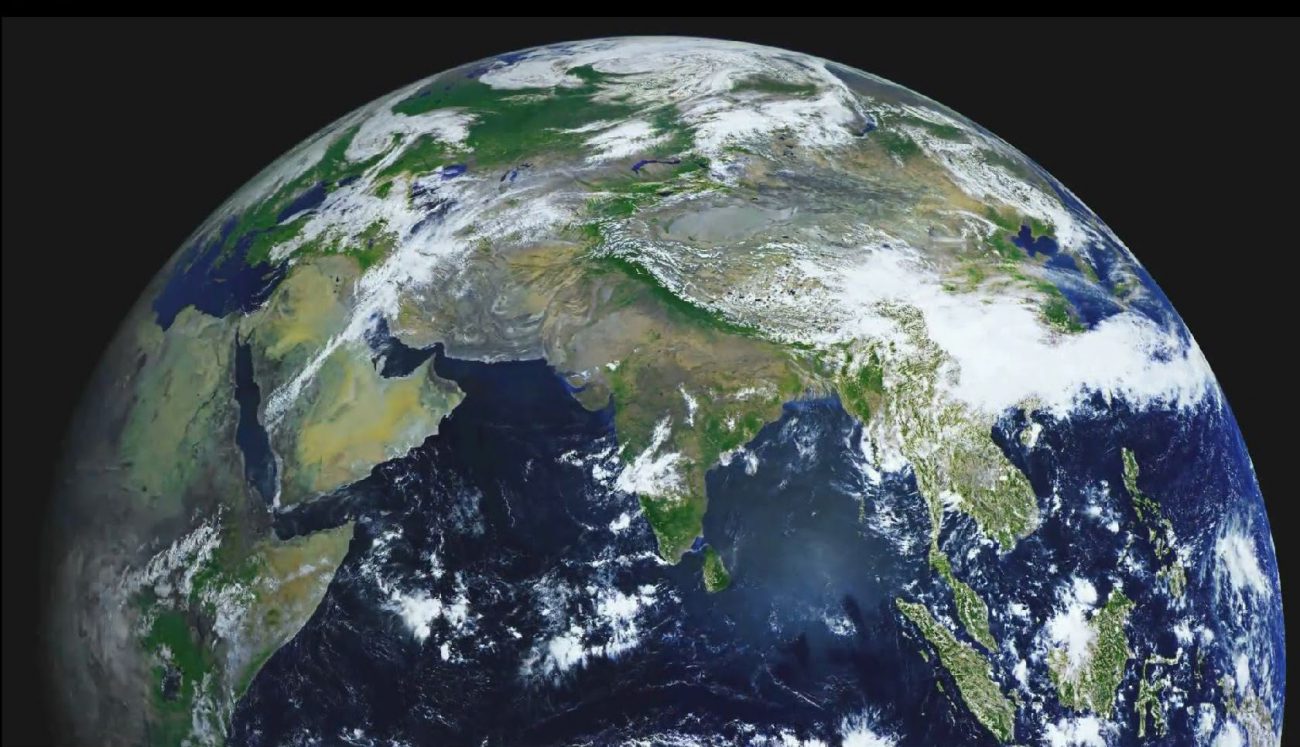
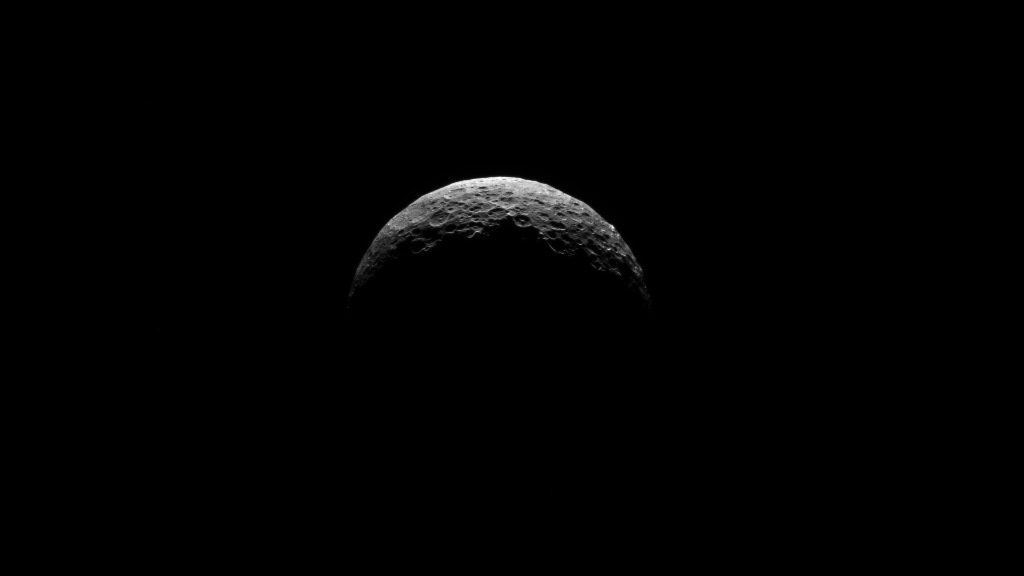
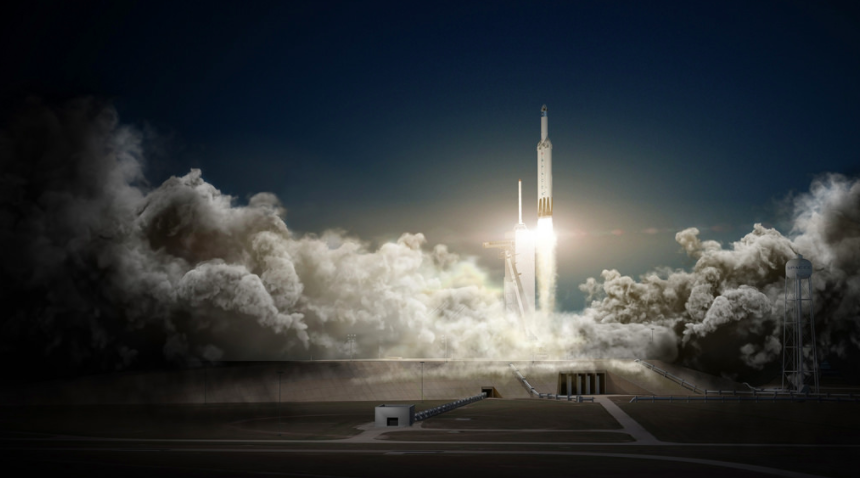
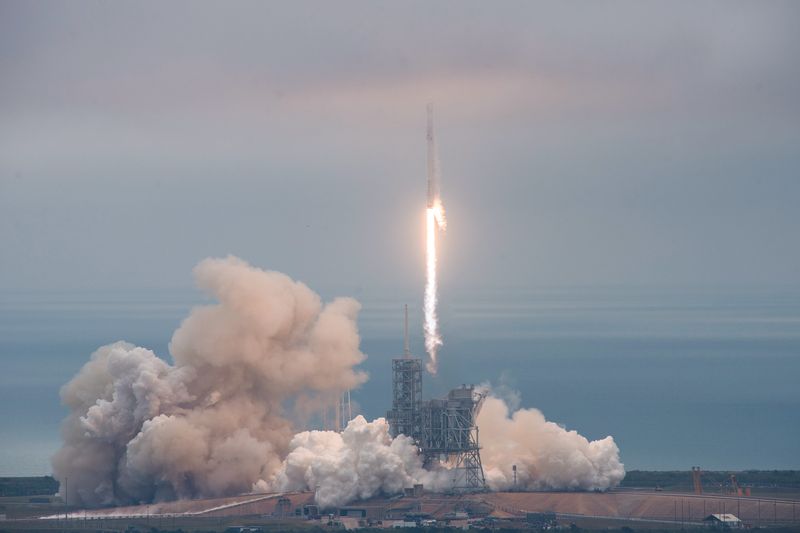
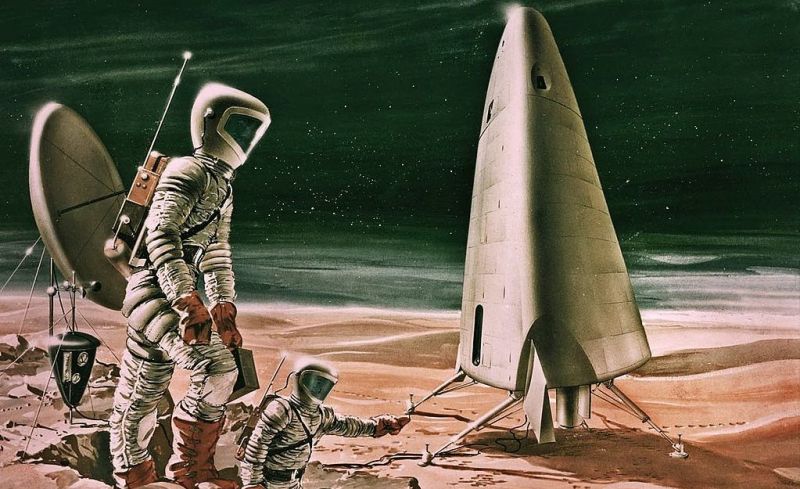
Comments (0)
This article has no comment, be the first!